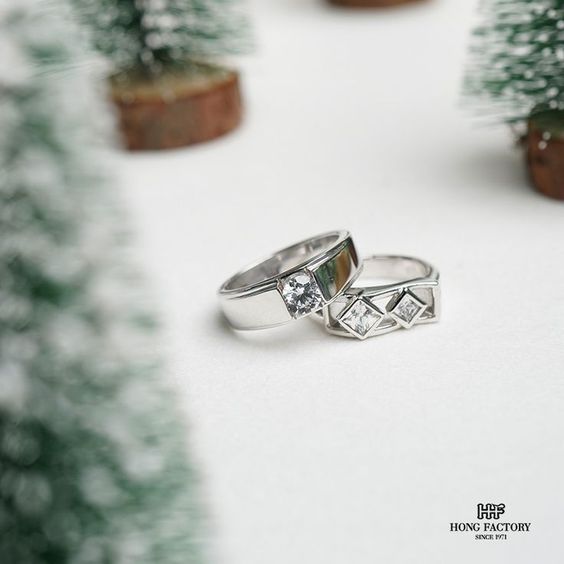When buying sterling silver jewelry, it is not enough to simply admire its beauty you also want assurance of its authenticity and quality. This is where certifications and hallmarks play a crucial role.
Real sterling silver is more than just a shiny accessory; it is a material backed by centuries of trust, legal standards, and cultural recognition. For buyers, understanding sterling silver certifications provides confidence that their purchase is genuine, durable, and valuable. septum piercing
Why Certifications Matter

Certifications and hallmarks are important because they serve as proof of authenticity. In a global market where counterfeit jewelry is common, these marks guarantee that a piece truly meets the standard of sterling silver, which is composed of 92.5% pure silver and 7.5% alloy metals, usually copper. Without such markings, buyers may risk purchasing silver-plated or imitation pieces that lack long-term value.
Real Sterling Silver and Official Standards
Real sterling silver
Authentic sterling silver is regulated by standards that ensure consistency and quality across markets. The most common mark is 925, which indicates that the jewelry contains 92.5% pure silver. Countries around the world adopt their own methods of certification, but they all point to the same principle: verifying the authenticity of real sterling silver.
Common Hallmarks You Should Know
- 925 or .925: The most widely recognized mark that indicates sterling silver purity.
- Sterling: A word stamp confirming authenticity.
- Ster: A shortened version, often seen on smaller jewelry pieces.
- Country-Specific Marks: Nations such as the UK, France, and Italy often add unique symbols. For example, the UK uses a lion passant, while France employs the Minerva head.
International Certification Systems

Different countries have established hallmarking systems that not only ensure quality but also add cultural significance:
- United Kingdom: The Hallmarking Act requires all sterling silver items above a certain weight to be stamped with official marks, including purity, assay office, and date.
- France: Uses the Minerva head as a symbol of government-verified silver.
- United States: Relies on 925 or “Sterling” marks, often accompanied by a maker’s stamp.
- Thailand: Known for its artisan silver, Thai jewelry often carries the 925 mark alongside workshop or brand logos.
The Role of Maker’s Marks
Beyond purity hallmarks, many sterling silver items also feature a maker’s mark. This stamp identifies the brand, silversmith, or workshop responsible for creating the piece. Maker’s marks can enhance value, especially for collectors seeking antique or limited-edition silver. They provide a traceable link between the jewelry and its origin.
Protecting Buyers from Counterfeits
In today’s global marketplace, counterfeit jewelry is a growing concern. Certifications help protect consumers by ensuring transparency. A hallmark not only proves authenticity but also gives buyers confidence in the durability and long-term value of their purchase. Without such assurance, buyers risk paying high prices for low-quality imitations.
How Certifications Add Value Over Time
Sterling silver jewelry with proper certification often appreciates in value, particularly if it comes from a renowned maker or carries historical significance. Collectors and resellers look for hallmark authenticity as a measure of trust. Certified pieces also maintain their resale value better than uncertified items, making them a smart investment.
What to Look for When Buying Sterling Silver

- Check for the 925 stamp or other purity marks.
- Look for maker’s marks that indicate the brand or artisan.
- Purchase from reputable jewelers who provide authenticity guarantees.
- When possible, request documentation or certificates that accompany the jewelry.
Certifications and hallmarks are more than just small engravings they are assurances of quality, trust, and authenticity. By choosing jewelry stamped with purity and maker’s marks, you can be confident that your piece is crafted from real sterling silver. These certifications not only protect buyers from counterfeit risks but also preserve the value of sterling silver over time.
For anyone investing in silver jewelry, understanding certifications is essential. It transforms a simple accessory into a verified treasure, ensuring that your purchase remains beautiful, durable, and valuable for years to come.
